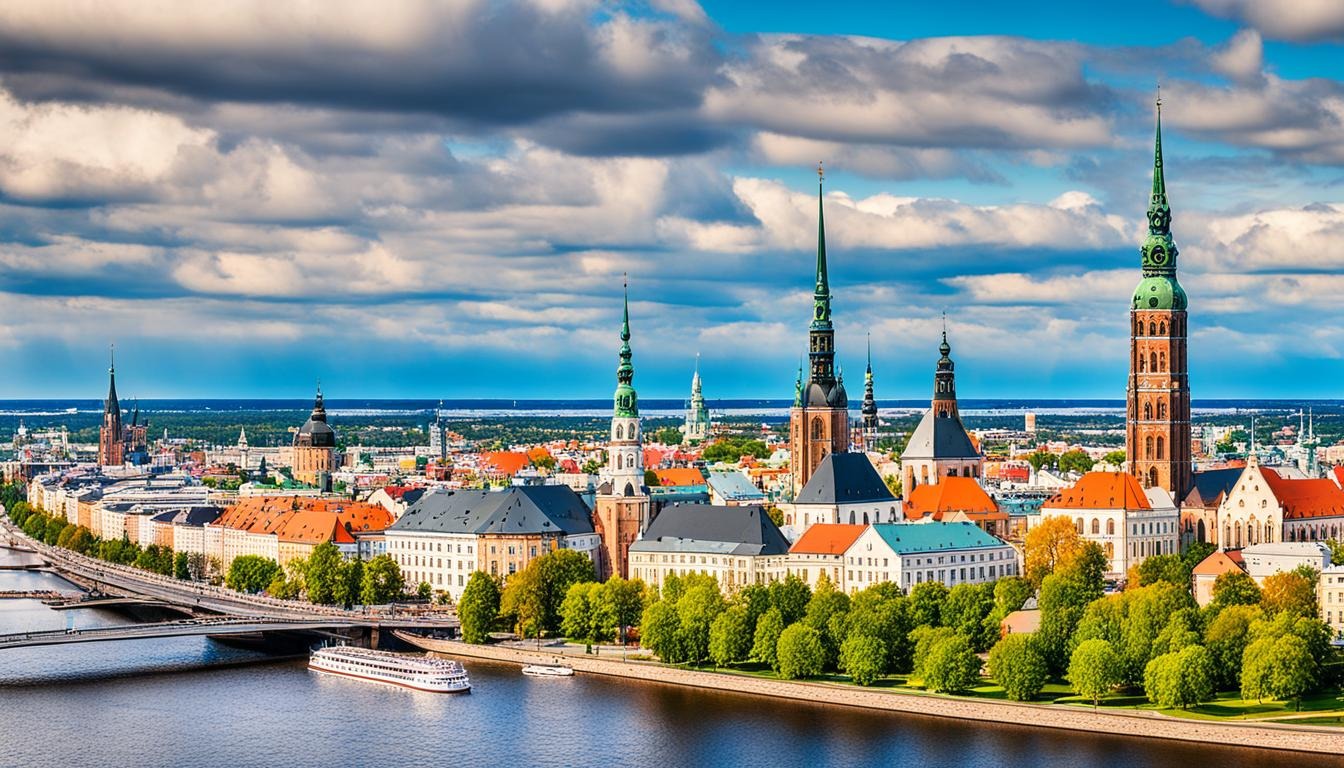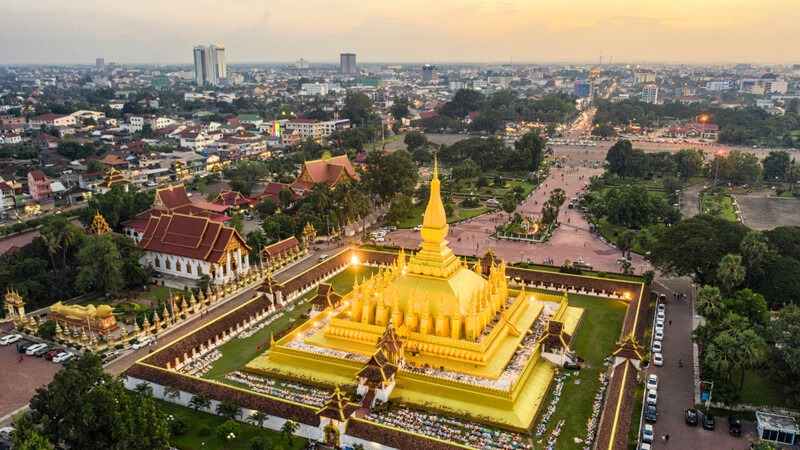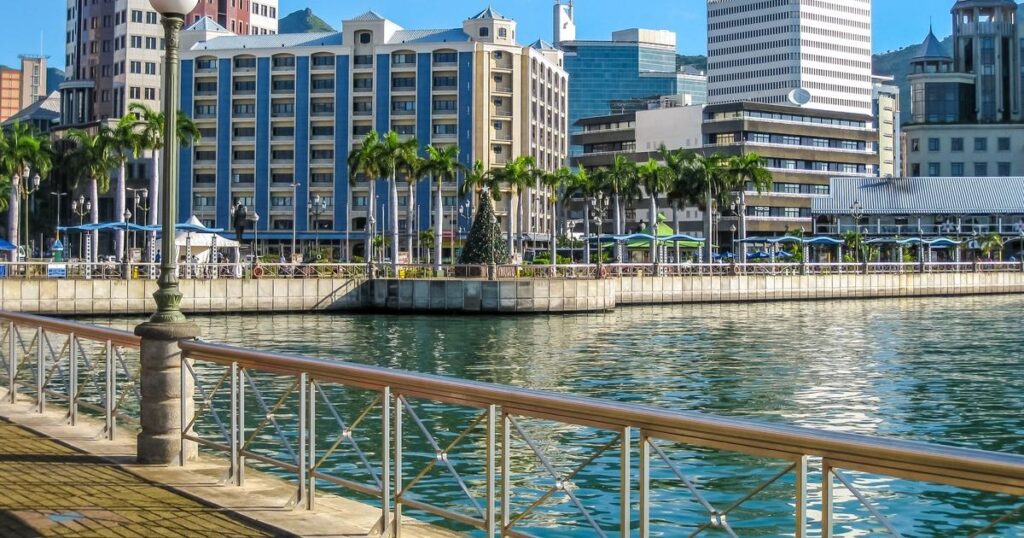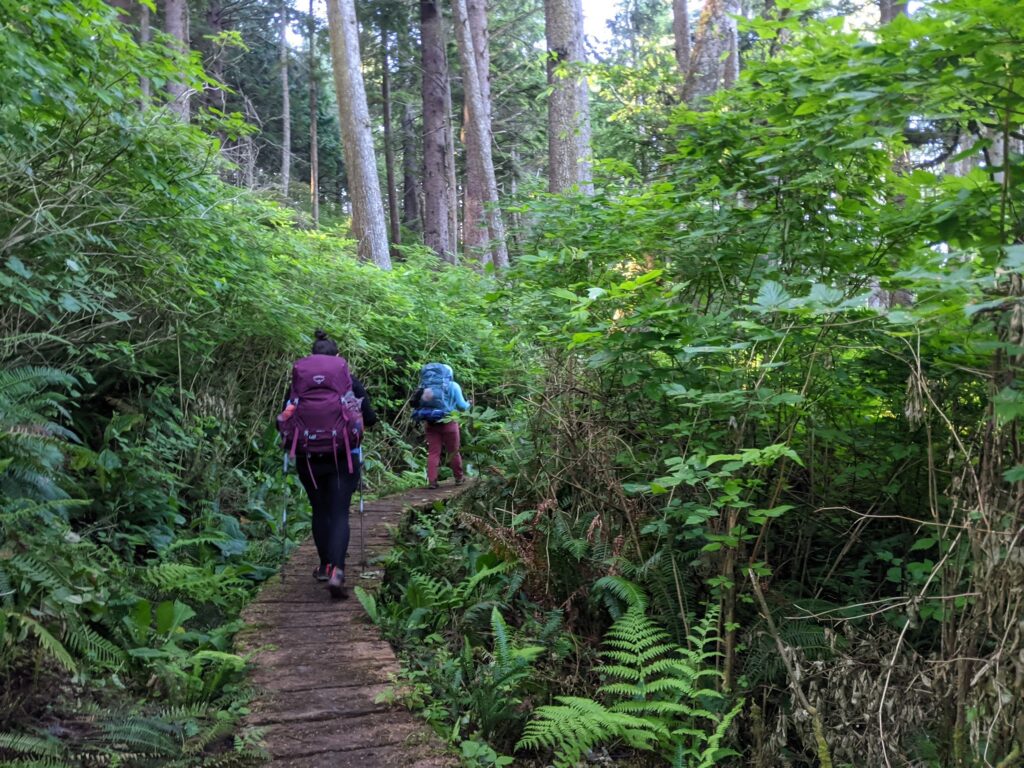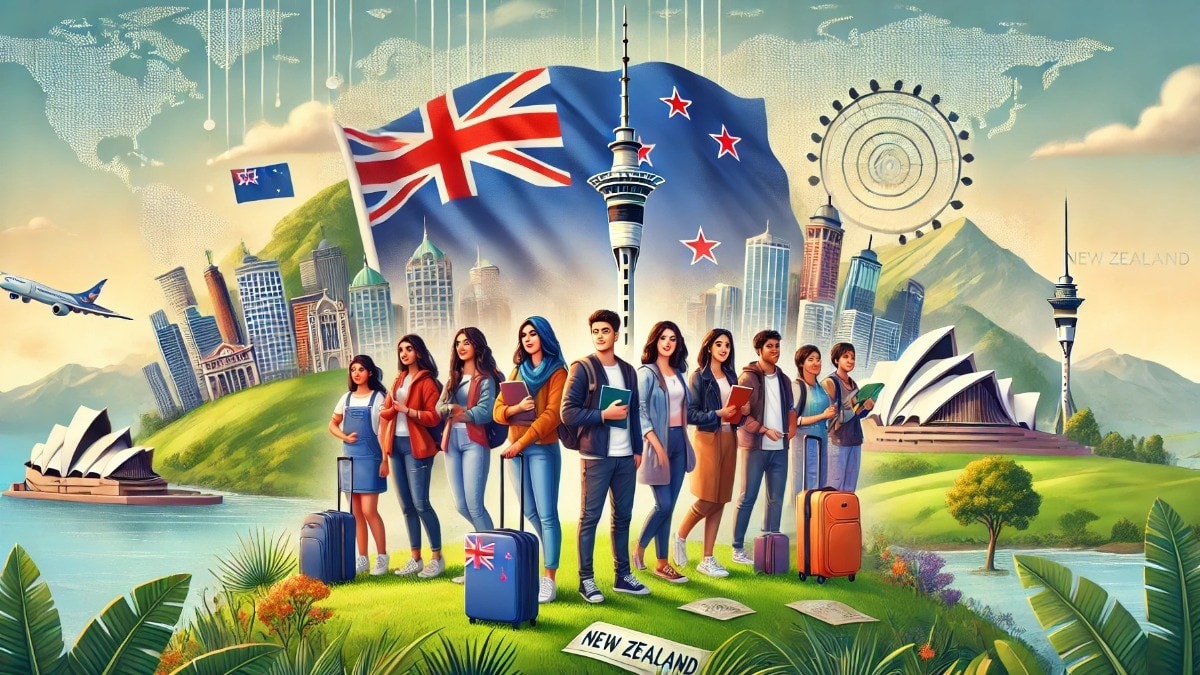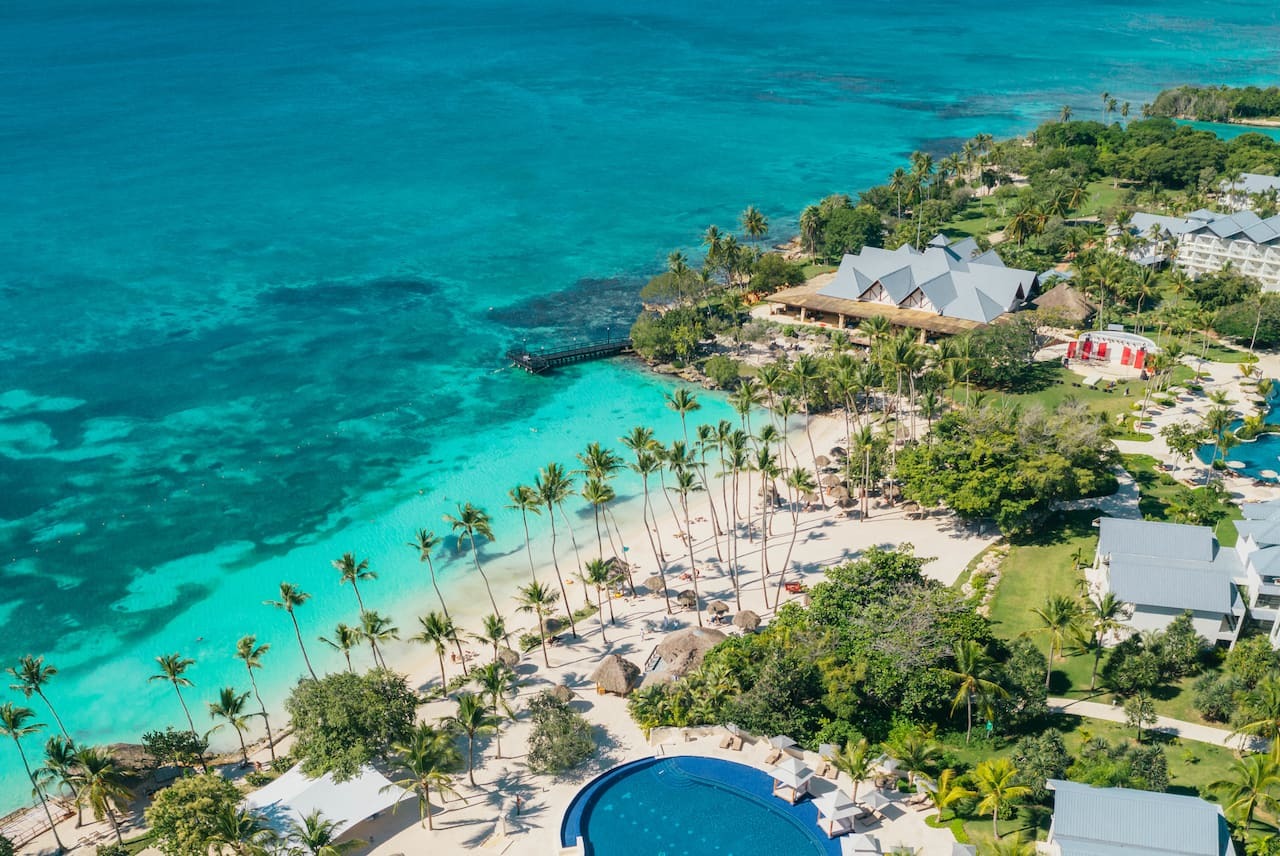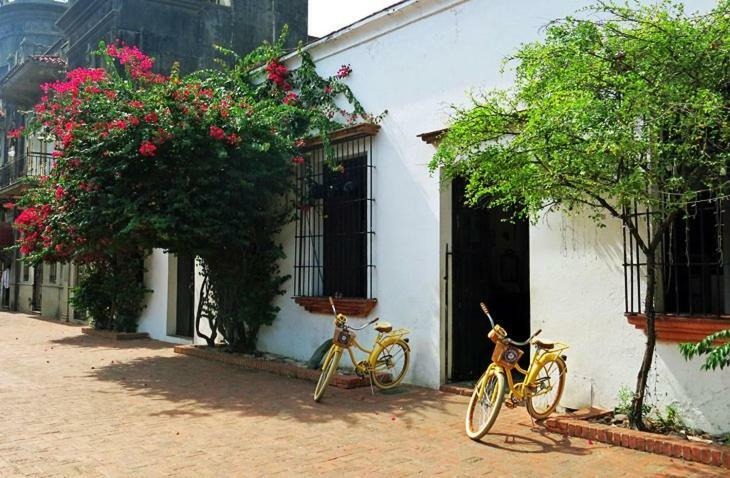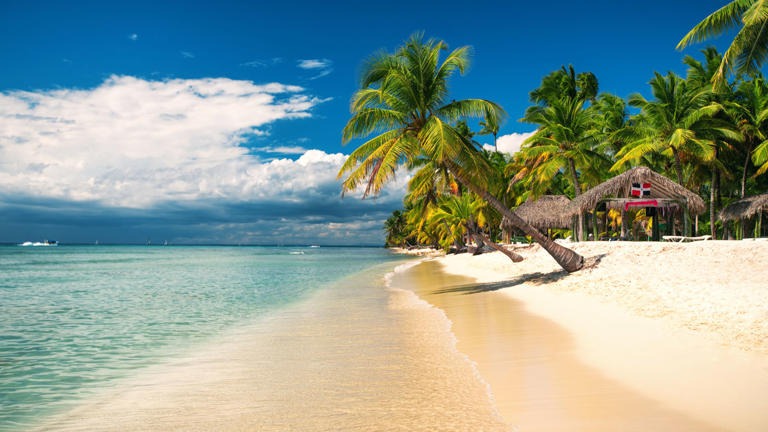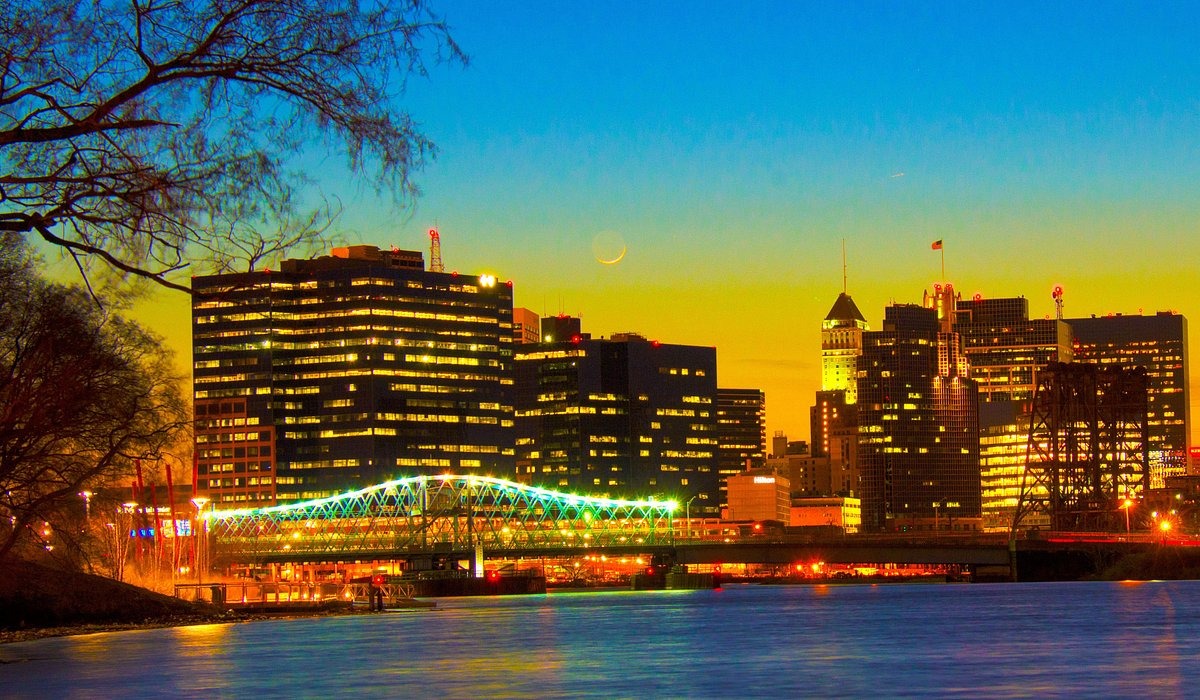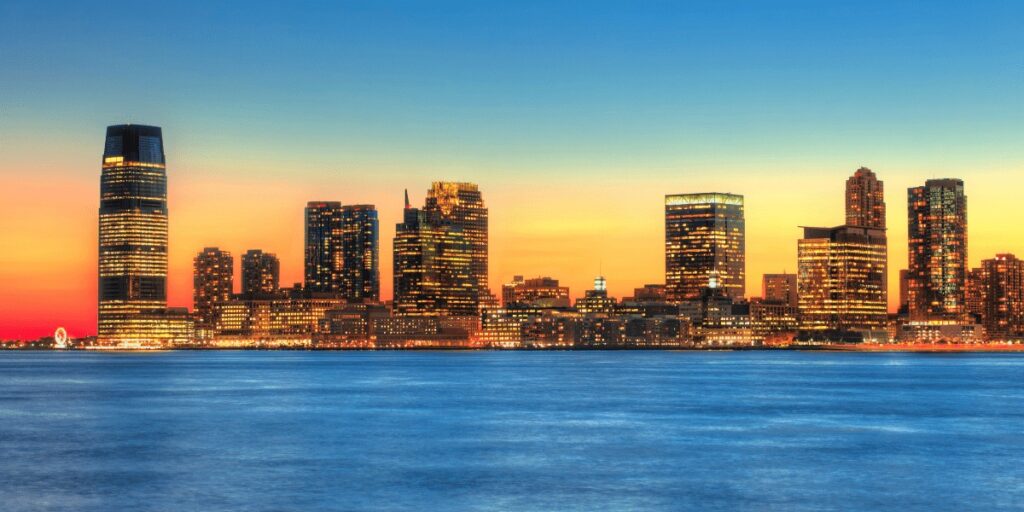Riga, the capital city of Latvia, is a dynamic destination that beautifully blends medieval charm with contemporary flair. Known for its stunning Art Nouveau architecture, picturesque Old Town, and vibrant cultural scene, Riga offers a variety of experiences for all types of travelers. Whether you’re a history enthusiast, a foodie, or simply looking to soak in the city’s vibrant atmosphere, Riga has something for everyone. Here’s a detailed 4-day itinerary to help you make the most of your time in this Baltic gem.
Day 1: Arrival and Old Town Discovery

Morning: Arrival and Check-in
Start your trip by arriving in Riga, where the city’s blend of old-world charm and modern energy will immediately captivate you. Depending on your accommodation choice, you can opt to stay in the heart of the Old Town or in the more contemporary areas closer to the city center. Many hotels and guesthouses are conveniently located near public transport links, making it easy to explore the city.
After checking in and freshening up, head out to explore the Old Town (Vecrīga), a UNESCO World Heritage site. Known for its cobblestone streets, medieval buildings, and charming squares, the Old Town is the heart of Riga and the perfect place to begin your journey.
Afternoon: Walking Tour of the Old Town
Take a guided walking tour to get acquainted with Riga’s rich history and architecture. Your tour will likely include the iconic House of the Blackheads, a beautifully restored building that once served as the headquarters of a guild for unmarried German merchants. The building’s ornate exterior is one of the most photographed in the city.
Stroll along St. Peter’s Church, which towers over the Old Town and offers breathtaking views of Riga from its tower (if you’re up for a bit of a climb). Don’t miss the Riga Cathedral, the largest in the Baltics, where you can enjoy a stunning blend of Gothic and Baroque architecture.
End your Old Town walk at Doma Laukums (Dome Square), the largest square in the Old Town, where you can take in the lively atmosphere while admiring the colorful buildings surrounding the area.
Evening: Dinner and Drinks at a Local Restaurant
After a day of sightseeing, head to a local restaurant for a traditional Latvian meal. Try dishes like grey peas and ham or piragi (Latvian stuffed buns), which are delicious and authentic to the region’s culinary heritage. For a drink, sample Riga Black Balsam, a famous herbal liqueur that is a must-try for visitors.
For a more modern experience, enjoy dinner in one of the trendy eateries along Elizabetes Street, known for its blend of local and international cuisine.
Day 2: Art Nouveau, Museums, and the Central Market

Morning: Exploring Riga’s Art Nouveau Architecture
On your second day, immerse yourself in Riga’s world-renowned Art Nouveau district. Riga boasts the highest concentration of Art Nouveau buildings in Europe, particularly in the Albert Street area. The ornate facades, with their intricate details and colorful decorations, are a testament to Riga’s architectural heritage during the early 20th century.
You can take a self-guided walking tour or join a specialized tour to learn about the history of this architectural style and its impact on Riga. Make sure to stop by the Art Nouveau Museum, located in a beautifully preserved building that showcases the elegance of this period through its furnishings, architecture, and design.
Afternoon: Museum Visits
Riga offers a range of fascinating museums that provide deeper insights into the history and culture of Latvia. After a morning of admiring the stunning architecture, visit the Latvian National Museum of Art, which holds an impressive collection of Latvian art from the 18th century to the present day. It’s an excellent place to explore Latvian culture through the lens of its visual arts.
Another must-see museum is the Museum of the Occupation of Latvia, which documents the country’s turbulent history under Soviet and Nazi occupation. The museum’s exhibits provide a sobering but essential look at the resilience of the Latvian people during the 20th century.
Evening: Visit the Central Market
Riga’s Central Market is a sensory overload in the best way possible. Located in five former Zeppelin hangars, this bustling market is one of the largest in Europe and offers everything from fresh produce to handmade crafts. Stroll through the stalls and sample local delicacies such as smoked fish, rye bread, or honey-based treats.
Once you’ve had your fill of market goodies, enjoy dinner at one of the nearby restaurants. Riga is known for its modern food scene, so you’ll find plenty of innovative eateries offering a mix of traditional Latvian dishes and international cuisine.
Day 3: A Day Trip to Jurmala
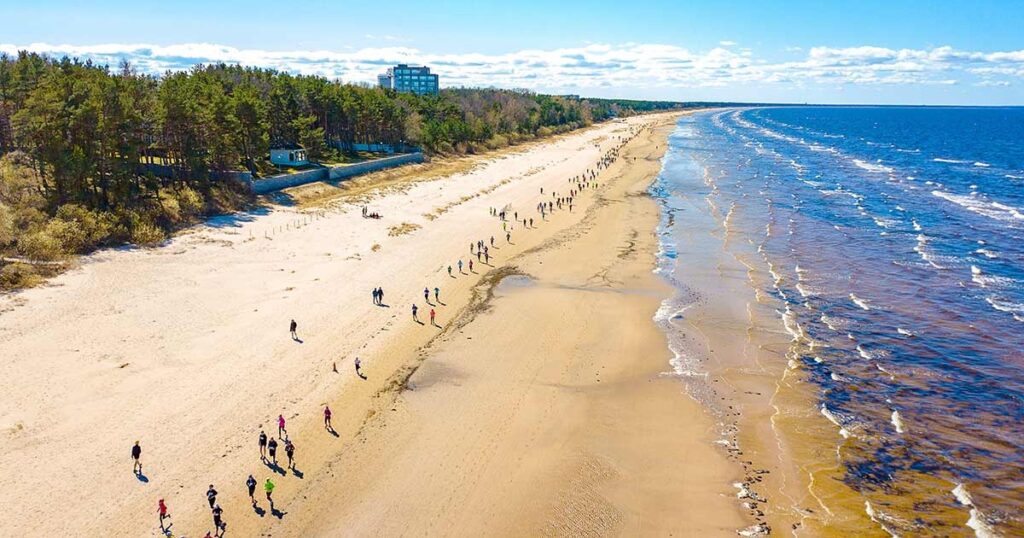
Morning: Travel to Jurmala
On your third day, take a short trip from Riga to Jurmala, Latvia’s premier seaside resort town. Located just 25 kilometers from the capital, Jurmala is famous for its sandy beaches, charming wooden houses, and tranquil atmosphere. The town is easily accessible by a 30-minute train ride from Riga’s main station.
Upon arrival, take a stroll along the beach and enjoy the fresh sea air. Jurmala’s beaches are perfect for relaxation, and you can even dip your toes into the Baltic Sea if the weather allows. If you’re interested in more than just beach time, head to Dzintari Forest Park, where you can explore the wooded trails or enjoy a bird’s-eye view of the coastline from the Dzintari Observation Tower.
Afternoon: Spa and Wellness
Jurmala is also known for its spa and wellness offerings, making it the perfect place for a relaxing afternoon. Consider booking a spa treatment at one of the luxurious resorts in town, such as the Jurmala Spa Hotel. You’ll find a range of wellness treatments, from soothing massages to rejuvenating saunas, offering the perfect way to unwind.
If you’re interested in learning about Jurmala’s history, visit the Jurmala City Museum, which offers exhibits about the town’s development as a health resort, as well as its architectural evolution.
Evening: Return to Riga and Dinner
After a relaxing day in Jurmala, return to Riga in the late afternoon. For dinner, head to one of the cozy restaurants in the city’s central area and savor local Latvian dishes, or opt for a more international meal depending on your mood. Riga’s dining scene is as diverse as it is delicious.
Day 4: Parks, Markets, and Riga’s Modern Side
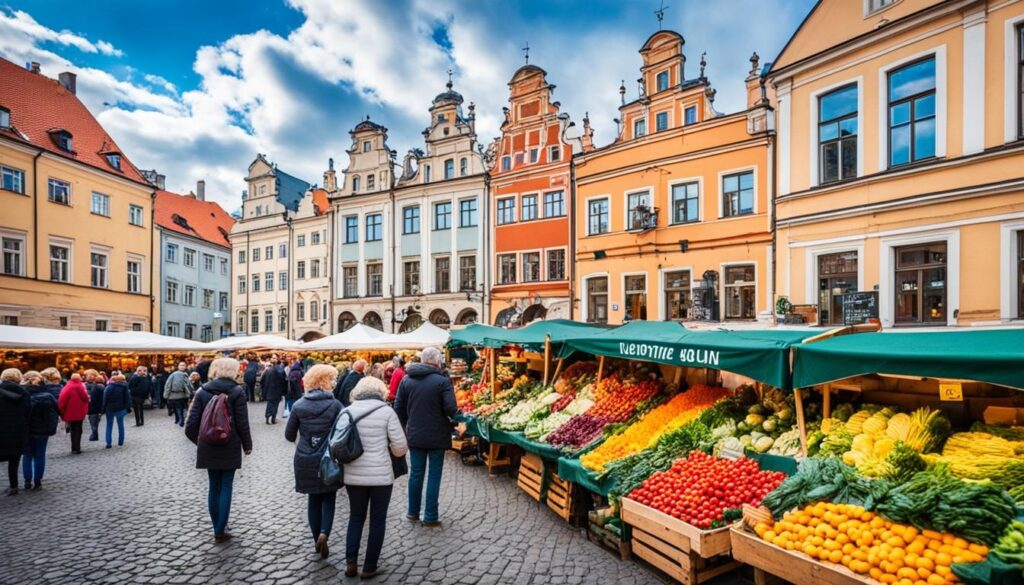
Morning: Explore Riga’s Parks and Green Spaces
Start your final day in Riga with a visit to Bastejkalna Park (Bastion Hill), one of the most beautiful green spaces in the city. The park is located near the Old Town and is known for its scenic walking paths, peaceful atmosphere, and the impressive Freedom Monument, which stands as a symbol of Latvia’s independence.
You can also visit Kronvalda Park, a large and picturesque park located near the Latvian National Theatre. The park offers serene walking paths, picturesque ponds, and a variety of sculptures, making it the perfect place for a morning stroll.
Afternoon: Shopping and Exploring Riga’s Modern Side
In the afternoon, head to Riga’s Central Station and nearby streets, where you’ll find various shops selling everything from local handicrafts to international fashion brands. Vermanes Garden, located nearby, is another great place to explore in the city center.
For a unique shopping experience, visit the Minsk Market, a trendy market that features everything from vintage clothing to artisan crafts. You’ll find a lot of unique and one-of-a-kind items to take home as souvenirs.
Evening: Farewell Dinner and Drinks
For your final evening in Riga, treat yourself to a memorable farewell dinner. One of the best spots for this is Riga’s Skyline Bar, located on the 26th floor of the Radisson Blu hotel. The panoramic views of the city, combined with delicious cocktails and contemporary cuisine, will offer the perfect way to end your Riga adventure.
Riga is a city full of surprises, where history and modernity come together in fascinating ways. Whether you’re wandering through medieval streets, admiring Art Nouveau architecture, or relaxing by the sea in Jurmala, this 4-day itinerary offers a balanced mix of culture, relaxation, and adventure. With its rich history, vibrant atmosphere, and welcoming locals, Riga is a destination you won’t soon forget.

